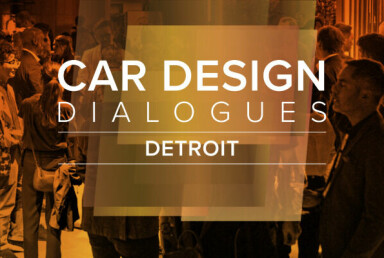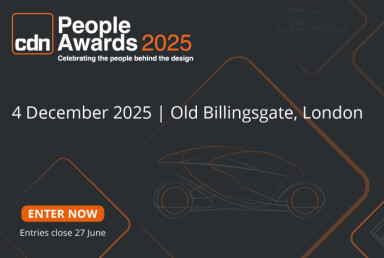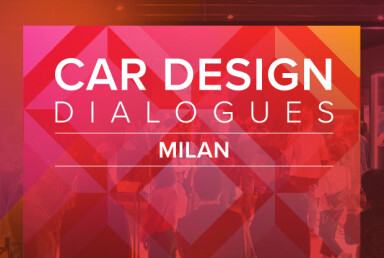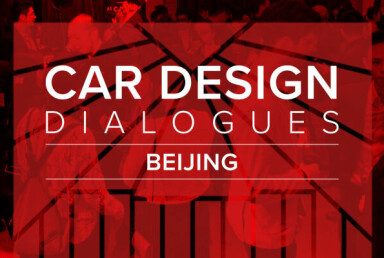Redefining automotive displays
Light as language: How Zeiss is redefining automotive displays
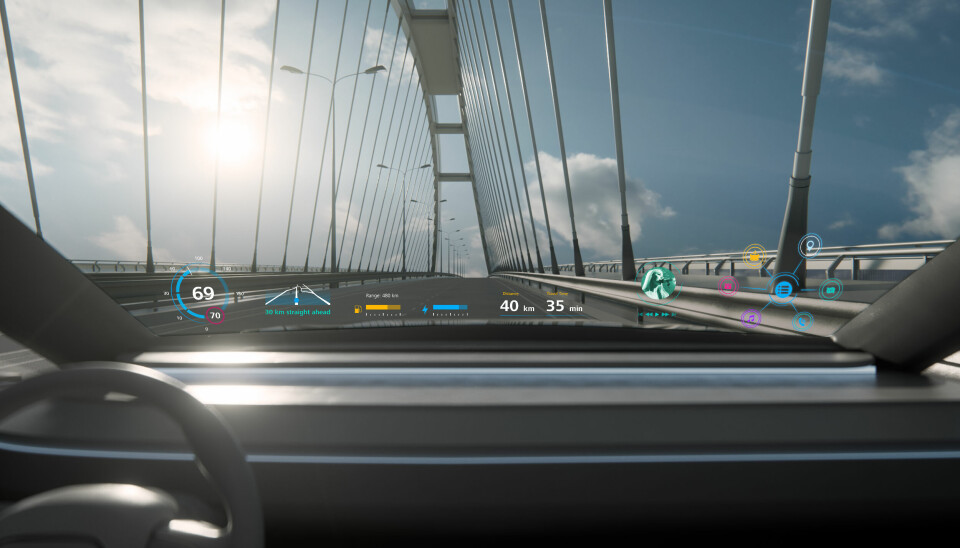
Zeiss Microoptics’ holographic optical element technology frees designers from geometric constraints, enabling vivid, customisable, transparent displays seamlessly integrated into curved windscreens — merging digital precision with brand-defining expression
As automotive interiors evolve towards cleaner surfaces and more immersive digital experiences, display technologies are being pushed far beyond conventional boundaries. Zeiss Microoptics is at the forefront of this transformation with its holographic optical element (HOE) technology — a system that unites advanced optics with design freedom to enable transparent, holographic displays seamlessly integrated into curved windscreens and other glass surfaces.
This technology decouples optical performance from the shape of the glass entirely
One of the key advantages of the Zeiss HOE solution lies in its remarkable adaptability to complex three-dimensional geometries. Traditionally, augmented reality head-up displays (AR-HUDs) have been constrained by the shape and curvature of the windscreen, forcing designers to compromise on form in order to maintain optical performance. The HOE developed by Zeiss operates differently.
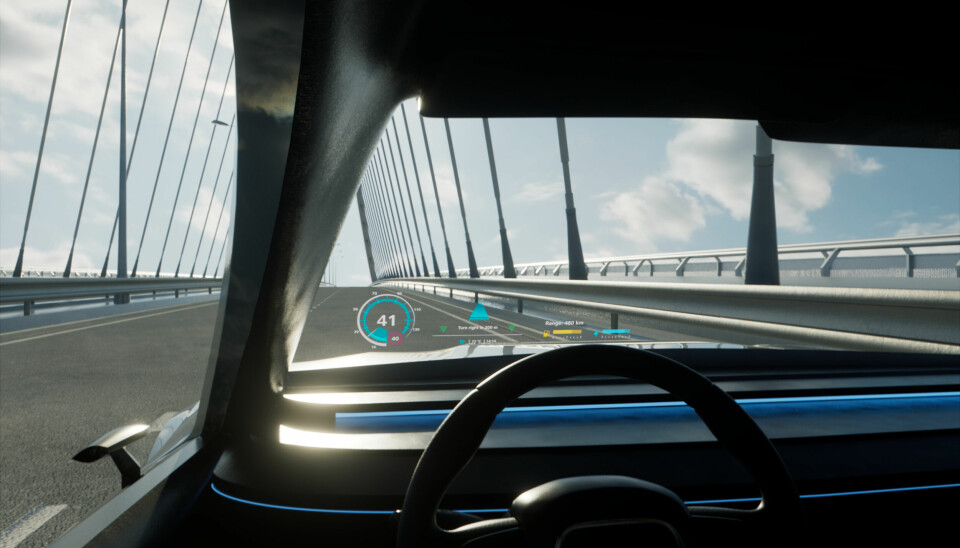
Rather than relying on the physical geometry of the glass to redirect light, it uses diffraction to control precisely the paths of incident and outgoing light beams. This decouples optical performance from the shape of the glass entirely. The result is a system that delivers consistent image quality across a wide range of freeform windscreens, giving designers the freedom to sculpt bold, brand-defining glass forms without sacrificing display fidelity. For the first time, the creative ambition of exterior design can coexist with uncompromised digital function.
The technology also opens up new opportunities for personalisation and occupant-specific content delivery — a growing priority in the era of shared mobility and semi-autonomous driving. HOEs can be engineered to create display zones visible only within defined viewing regions, or ‘eyeboxes’.
By controlling the directionality of diffracted light with great precision, Zeiss can ensure that certain information, such as navigation data, is visible solely to the driver, while other content — entertainment or contextual information — can be directed to passengers. Step outside the defined eyebox, and the image disappears completely. This selective visibility enhances privacy and supports differentiated, personalised UX experiences tailored to each occupant’s role or preference within the vehicle.
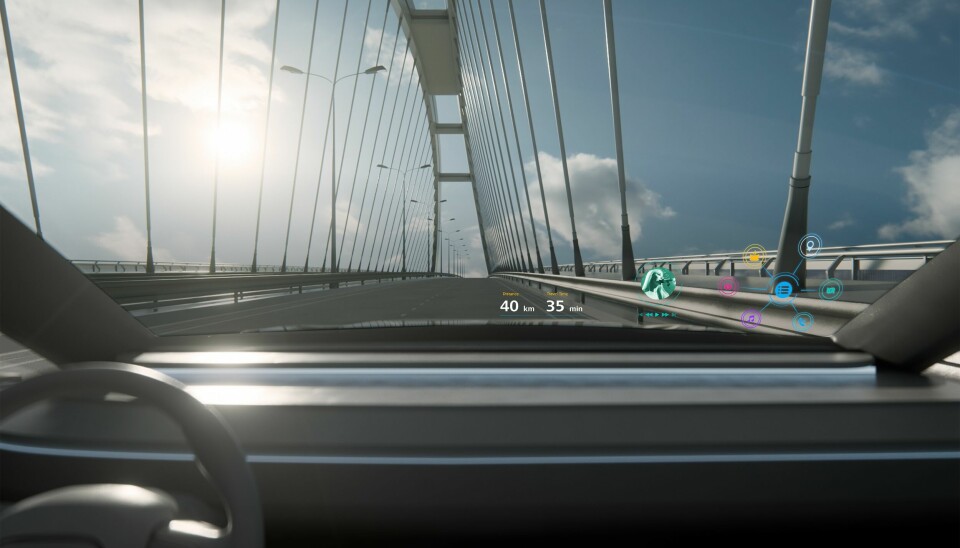
Of course, for any in-vehicle display to succeed, it must perform flawlessly under real-world lighting conditions. The HOE’s optical characteristics deliver impressive clarity even in bright daylight. The holographic layer itself does not limit resolution — that depends entirely on the projector — and with light transmittance exceeding 92%, ambient light passes through cleanly without diminishing contrast or readability.
Because the diffraction is tuned only to the specific wavelengths and directions emitted by the projector, the display remains efficient and vibrant under sunlight. Zeiss’s holographic transparent displays achieve vivid colour rendering for key brand hues, with monochromatic diffraction efficiencies reaching 70–85% and more than 90% transparency through the overall display stack. Multi-colour images typically achieve up to 55% efficiency per channel. Some minor desaturation or hue shift can occur under direct sunlight, as ambient light competes with the projected image, but legibility and brightness remain strong.
Designers have the freedom to integrate the system into slim dashboards, A-pillars or other constrained areas
Contrast performance is robust across various environments. However, as with most optical systems, polarised sunglasses can reduce perceived brightness by up to 30%, depending on the alignment of the polarisation axis. Importantly, resolution and sharpness are unaffected — with haze values consistently below 2%, image edges remain crisp and premium in appearance. The overall result is a display that maintains its visual integrity across lighting and usage conditions, ensuring both functional readability and the high-quality aesthetic expected of modern luxury interiors.
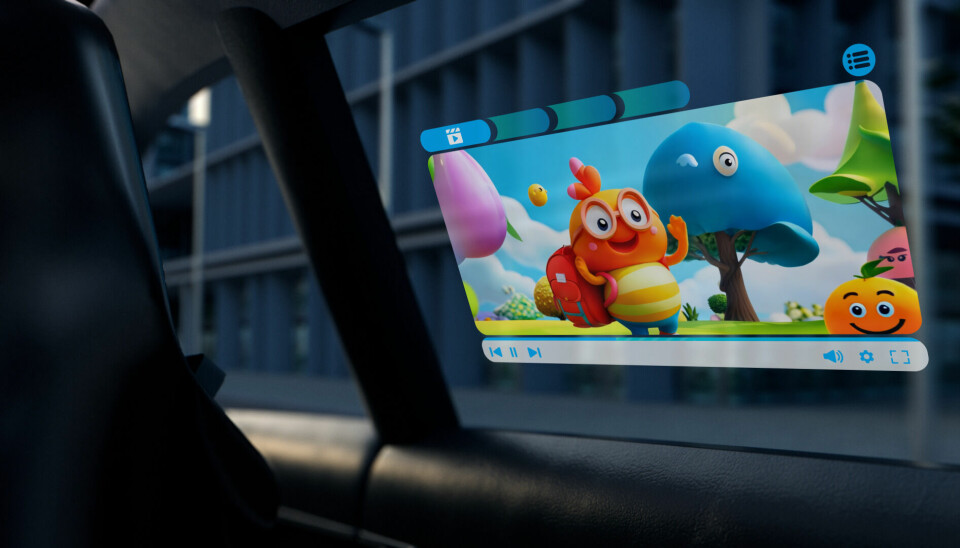
Packaging flexibility is another significant design enabler. Traditional HUDs require tightly defined optical paths and substantial dashboard volume to accommodate mirrors and lenses. In contrast, HOE-based displays decouple projector placement from both the display surface and the eyebox. The diffractive properties of the hologram can be tailored to accept light from almost any angle, allowing projectors to be positioned freely within the cabin.
This gives designers the freedom to integrate the system into slim dashboards, A-pillars or other constrained areas. The technology is compatible with ultra-short-throw projectors and even compact, consumer-grade imaging units, offering OEMs and Tier-1 suppliers practical, space-saving options without optical compromise.
Beyond function, Zeiss’s approach to holographic display development recognises that automotive HMI is a key differentiator of brand identity. Customisation is embedded in the process. Through close collaboration with OEM design and UX teams, Zeiss engineers tailor holographic elements to reproduce specific colour themes, interface layouts and motion graphics.
By breaking the link between optical performance and glass geometry, it liberates both exterior and interior designers
Advanced simulation tools and mastering techniques ensure that each brand’s visual language — from signature hues and lighting motifs to transition animations and interactive effects — is faithfully encoded into the display’s holographic structure. The result is not merely an information surface but a medium for storytelling and emotional connection.
This deep integration of optical science and aesthetic intent transforms the display from a utilitarian overlay into a signature design feature. The holographic transparent display becomes a conduit for brand expression, merging physical and digital craftsmanship within a single visual layer.
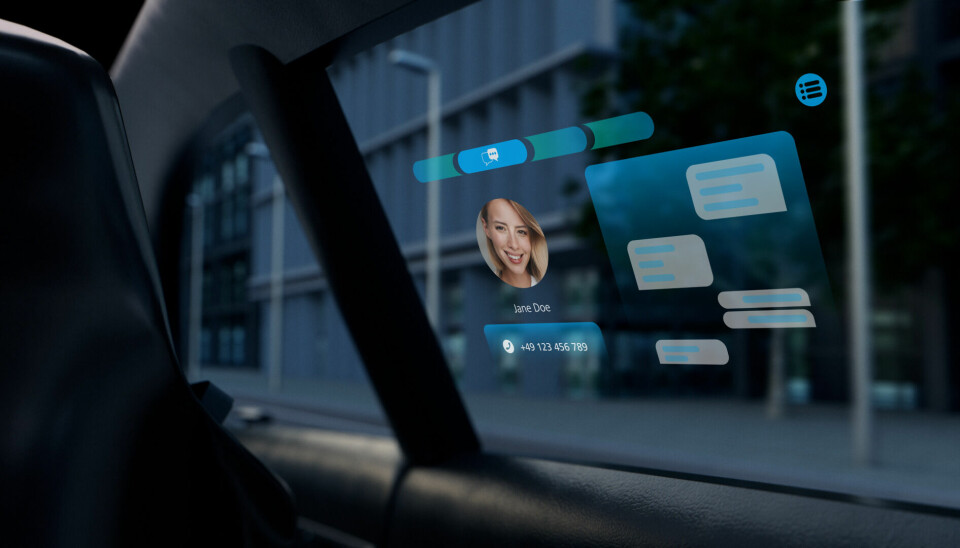
Every projected image carries the company’s stylistic DNA, from the sharpness of its typography to the warmth of its colour palette. For drivers and passengers alike, it creates a digital experience that feels coherent with the car’s overall design philosophy — immersive, refined and unmistakably individual.
Ultimately, Zeiss Microoptics’ HOE technology represents a new paradigm for in-vehicle display design. By breaking the link between optical performance and glass geometry, it liberates both exterior and interior designers. By controlling light with holographic precision, it enables privacy, personalisation and seamless visual integration. And by supporting full aesthetic customisation, it turns technology into brand narrative. As automotive UX continues to evolve, holographic transparent displays are poised to become a defining feature of next-generation mobility — where every beam of light, every hue and every animation contributes to a richer, more connected driving experience.
